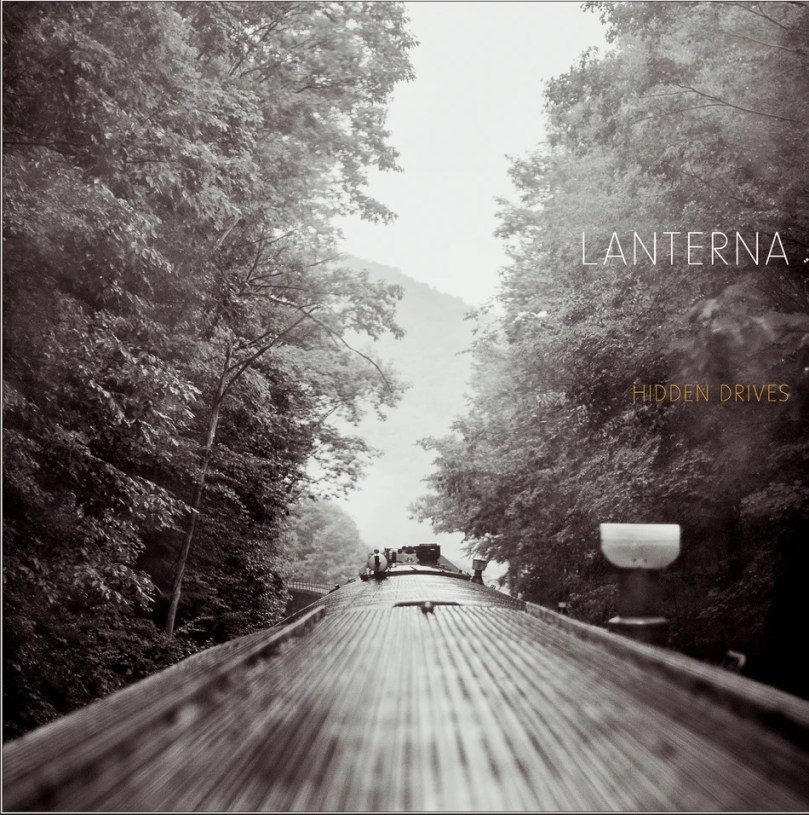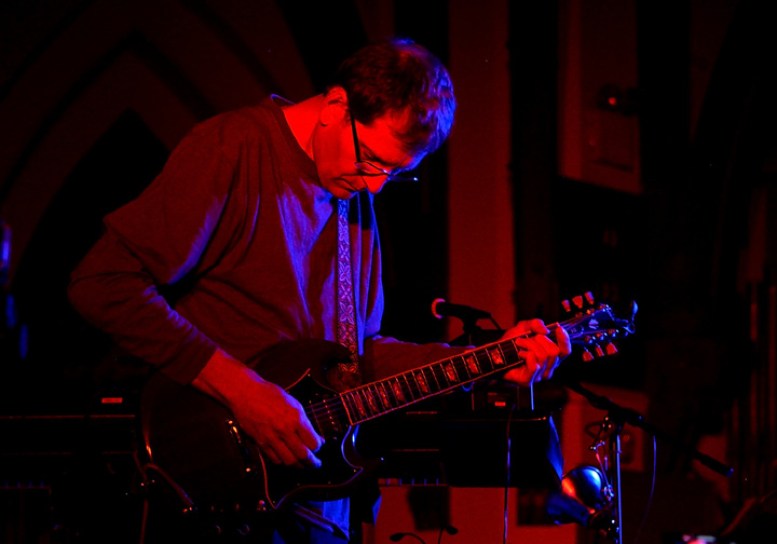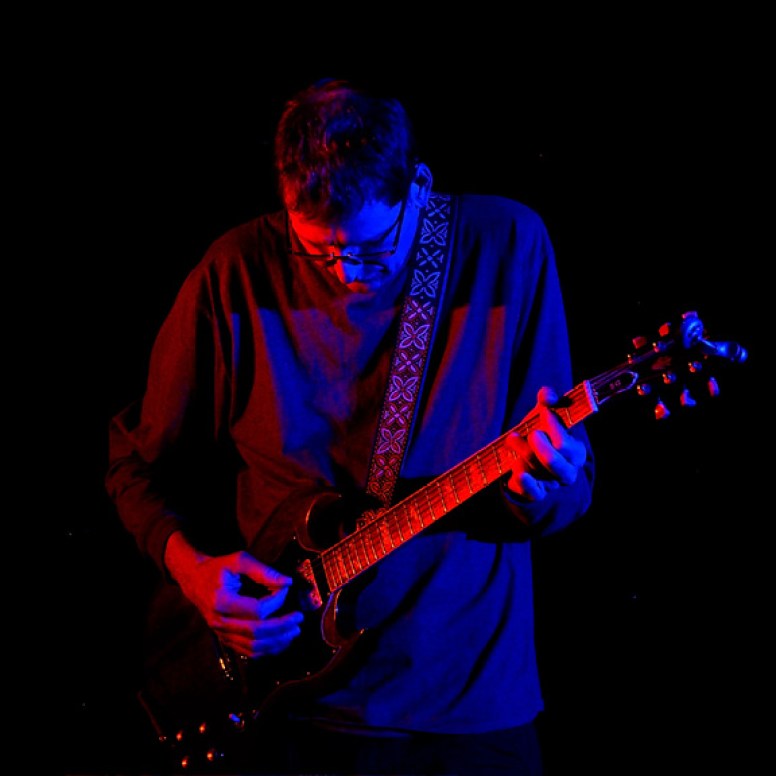Longtime indie veteran Henry Frayne joins us today to discuss his newest effort Hidden Drives. We also dive into a bit of his musical history, some of his favorite records, what gear he’s using these days, and more. If you would like to learn more about Lantana’s newest record, Hidden Drives, you can head over to their Bandcamp here. Enjoy this interview!
Anthony:
Henry, thanks a lot for doing this interview with us today. How have you been getting through this crazy year so far? It looks like you’ve been busy with Hidden Drives, which is set to come out in June, I believe?
Henry:
Thanks, Anthony! Yes, Hidden Drives will be out on June 4th. As we’ll no doubt talk about below, on CD and vinyl, and download! No cassette or 8-track cartridge for now.
It has been difficult to process this year and the last year. And time doesn’t stop to wait for us to catch up.
Anthony:
Can you tell our readers and us a bit about yourself, who you are, and where you’re from?
Henry:
I was born in New York City and didn’t know if my 6 months there makes me eligible for “New Yorker” status. My family then moved to Champaign, Illinois, where I’ve been ever since. Apart from traveling/touring, I arrived in the Midwest as an infant and never left except for a year in Austria as a kid just outside of Vienna (the inspiration for the song “Aqueduct”). And I’m forgetting the coast of Maine for some summers (“Muscle Ridge (Channel)”). But that’s it!
Anthony:
Now, you have quite a history; you’ve been active since the 80s and have been in multiple bands since then. Can you tell us a bit about your musical upbringing, how you got into music and how the guitar became your instrument of choice?
Henry:
In the 70s, I was listening to Pop radio from Chicago, the local college station, and buying LPs from the thrift store like Yellow Submarine and an 8-track cartridge of Part 1 of The White Album. I hesitate to say that it was a big Rock show at Assembly Hall in Champaign that practically caused me to leave the arena at the end of the show, walk across town to the guitar shop, and wait until they open up the next morning to get someone to teach me the guitar. The Rock show was Foreigner, and it featured the awesome Ian McDonald doing a very King Crimson-Esque flute solo in the middle of “Starrider.” But a friend’s dad’s Yamaha acoustic had started to spark my interest a few months before, and I was probably starting to think there was more to life than D&D anyway! The Rock shows just pushed me over the edge. Sort of a riff on BÖC’s “The Marshall Plan.”
A Revox reel-to-reel tape recorder with a tape echo setting and a Memory Man delay pedal put me on the road to where I am today. After that, it was friends saying that I should check out bands like Durutti Column and the like.
Anthony:
Lanterna has been around for quite some time now, what was it like navigating the music scene in the early 90s with the likes of so many great artists and bands that came out of that era?
Henry:
For the 90s, Lanterna was my side project while I was in The Moon Seven Times (Roadrunner), although I did manage to release a vinyl LP of the first album in Greece and a CD version on Parasol and Rykodisc. Most importantly, during this time, Lanterna was asked to join Bruce Licher’s band Scenic on a tour of the West Coast in ’96. My first time on the west coast, and a chance to meet some notable folks who came out to the shows along the way, like Stan Ridgway and Peter Buck. So, as far as navigating, it was just enjoying the times and watching some local folks take those first steps towards great success!
Anthony:
Who are some of your inspirations for your music? In the 80s, I can imagine bands like A-Ha with their heavy synths, New Order, and maybe some Joy Division.
Henry:
My experience with Joy Division was actually playing their music before hearing them play it. Briefly, as a bass player in a band called Slash & Burn, the guitarist pointed towards two notes during a rehearsal and told me to start playing. He then followed with that distinctive guitar line that begins “Transmission.” I thought to myself, “This is pretty cool; what is this!”
Even before that, I had stumbled onto The Chameleons and The Sound thanks to a local record shop called Record Swap (still in business today!). The Quaker just handed The Sound’s Heads and Hearts over the counter, and I was hooked! I met with Adrian Borland in London in ‘93 to discuss producing a Moon Seven Times record, but the logistics of bringing him to the US didn’t work out. We were big fans of The Sound. I am still astounded by the guitar sounds on The Chameleons records full stop!
In the summer of ’85, I did buy an old Arp synthesizer so that I could play lush analog string sounds to my heart’s content! On Hidden Drives, the old Arp does take a bow on “Cupola” and “Maine 262”.
Although I do certainly appreciate the synth work of those fabulous Norwegians, I’d say I was more a follower of the songs on the MTV of Tears For Fears and Spandau Ballet.

Anthony:
Your upcoming album Hidden Drives is a side project; how does it differ from Lanterna? They both provide calming, easy listening ethereal soundscapes. Is this completely a solo project?
Henry:
I was warned of this!!! Lanterna is really my main project, and Hidden Drives is a Lanterna project just like the other six albums. For most of the 90s, Lanterna was my side project to The Moon Seven Times and I got used to thinking of it that way. I suppose now it is a way of tricking myself into keeping things fresh, “It’s just a side project; after all, 8 minute songs are okay!”
Although I’ve been steering Lanterna for almost… 30 odd years, for the last 20, I’ve been producing it with Mike Brosco (Proof of Utah) and with Eric Gebow (Blue Man Group, Mouth Captain) on drums for three albums.
Anthony:
Hidden Drives is a project that’s 30 something years in the making; how did it come to be? What was the deciding factor in releasing it now vs. any other time? Judging by the song titles of each one, is it safe to say each one is based on a different location you have visited or driven through?
Henry:
When choosing songs to record for a Lanterna album, there is always a list of possible songs. For each of the last 6 albums, the 10 songs that make up Hidden Drives were never quite ready to go. In 2020 these 10 were finally finished leaving 10 to 100 yet to finish for the next album(s). As a listener, I can sometimes forget that I recorded the music on Hidden Drives and be pleasantly surprised at how well it flows!
As a board operator at a Midwestern public radio station, I directed the local portions of NPR shows. I sometimes had the experience of NPR in Washington using a Lanterna song as a music bed, and me taking a few seconds to realize that it was one of my songs! In those few seconds, there was me thinking, “Hey, that’s interesting!”
The lyrics I have written in a lifetime fill half a page. On the first Lanterna album, there are some spoken words by me and a whole song, “Down By The Seine,” with words written by Lynn Canfield (The Moon Seven Times). So, the title has been important for the other few dozen Lanterna songs. There’s always a demo title, which sometimes sticks but sometimes has to change because it is too goofy! So, near the end of the recording, I do have to nail down what title will identify the song. And often titles are places I have traveled to. For the listener, it is a starting-off point, but the rest is up to the listener!
Muscle Ridge is a deep channel off the coast of the St. George Peninsula in Maine. The reason why it is muscle and not mussel is that it is a stretch of water where one must row hard. I believe Muscle Shoals Sound Studio in Alabama gets its name for the same reason. Row hard to get to the other side! With this in mind the title “Muscle Ridge” seemed perfect.
Anthony:
So here’s my new favorite question to ask. What kind of equipment do you play on stage live vs. what you use to record with, or do you use the same guitar for both?
Henry:
Until the 90s, I had an old SG Special. Under the Gibson artist endorsement program, I bought a brand new SG Standard from them and decided to use it as my main guitar on the road and in the studio. Whereas the previous album Backyards was written on an acoustic, Hidden Drives was mostly written on my Gibson SG. I forget if the Gibson Double-Neck SG was available under the program… I wish I had sprung for that as well. My back would have hated me!
For delay, I’m still happy with the T.C. Electronic 2290. Mine is still running, and I still like the sound of it. Though digitally speaking, my Yamaha D1500s were my first forays into rack delays! And the Roland SDE-3000 a delay I only admired from afar,… In the studio, engineer Mike Brosco does grab various pedals off his ever-growing shelf of pedals for me to try out on a song! As I say, “it’s a side project!” Why not record fuzz bass to tape for “Cupola!”
Anthony:
Speaking of playing live, what do you miss most about playing shows while they’re currently suspended? Do you have anywhere you’d like to see and play your music once things start opening up again?
Henry:
I would really like to travel to Greece again. And to the West Coast. When I arrived in Greece in 2005, I found that people knew the Badman Lanterna albums, and going back to a city five years later that people still came out to see Lanterna!
I’d also like to return to Italy. I toured Italy in ’04 with a Chicago band called Bevel. We started in Catania, Sicily, and wound our way back and forth between the coasts and up as far north as Rovereto. I remember riding up towards the ferry at Messina in our Fiat (not meant for use as a tour bus!), and someone put in a compact disc with Nillson’s version of “Everybody’s Talkin'” on it. When it is time to travel again, I have a guitar, will travel!
Anthony:
Do you collect any physical forms of music like records, tapes, CDs, cassettes, or are you all digital now?
Henry:
I still buy the CD! And LPs! So, I’m far from digital-only.
Anthony:
What are some albums that mean the most to you and why?
Henry:
I first realized for definite in ’77 that one could possess Rock music in the home when my brother’s high school newspaper interviewed local Prog-Rocker StarCastle (Epic Records). He brought home Boston’s first album and StarCastle’s Fountains of Light. Not knowing about album sides, I played side 2 first and was met with the heavenly “True To The Light.” Producer Roy Thomas Baker took a break from Queen and produced StarCastle’s two middle albums with tape-saturated drums, a sonic wall of synths, two lead guitars, and backing vocal tracks made up of dozens of voices ever so slightly flanged. I am certainly a fan of UK Prog Rockers’ endeavors, but for me, Fountains of Light and Citadel (two albums released in ’77) are as good as it gets! And I had a friend who delivered newspapers to their band house! If I could take two records along with me blasting out into space, it would be these two and a record player! And maybe The Chameleons’ What Does Anything Mean? Basically stuffed under my shirt.

Anthony:
Do you have any other passions outside of music that may or may not influence your music?
Henry:
I have been working with a blueberry farmer in Maine to push back the trees on the lower edge of a small rocky blueberry field. Mostly dead poplar and birch trees that get hammered by the winter storms. Clearing them out gives the edges of the field more sun, and the blueberry vines steadily creep outwards… in 50 years, they may have moved south a few inches and filled in the dead spots in the middle of the field.
Anthony:
Having been in the music industry for as long as you have, what was it like seeing vinyl being phased out for CDs, then CDs to digital, then digital back to the vinyl revival? Even cassettes are starting to come back!
Henry:
Lanterna, the boxed set, started as… a 90-minute cassette filled with 90 minutes of music, in a box with a handmade photo booklet. In ’93, The Moon Seven Times just missed a vinyl release but got cassettes with the CD versions. By ’97, the third album was CD only! In ’93 or so, Lanterna did get a vinyl release in Greece of a rare LP on Elish.
I was so happy to see a vinyl release of 2015’s Backyards on IPR. I never thought I’d see another Lanterna vinyl after ’93. Now Badman is releasing both CD, LP, and download of Hidden Drives. The vinyl comeback is still hard to believe. When talking with Dylan Magierek at Badman about Hidden Drives, I wasn’t surprised that he expressed an interest in doing vinyl this time in addition to CDs.
Getting back to the Lanterna’s boxed cassette release. I made about 200 of 400 in the ’90s, handmade, and all dubbed off of DAT and still have parts for 200 more (but not the cassettes)! Does Best Buy still sell TDK SA-90s!? I started to think I’d shift over to 2 CDs with a side each… but now… as you say,… CASSETTES ARE COMING BACK!
Anthony:
I find it amazing that there are so many different formats to put music out, but with digital taking a large chunk of listeners, what are your thoughts of the current state of the music industry now vs. before things going mainly digital?
Henry:
With postal costs… getting music overseas is much better! Or here in the US as well. Only like me, I run into so many listeners who don’t have the album unless they have the physical object. But that may fade in time as the LP did!
Anthony:
Here’s an easy one, where can people find you and your music?
Henry:
I have released six albums with one label… Badman, and one album, over and over again, with three or four labels! Go to www.badmanrecordingco.com and www.Lanterna.tv!
Anthony:
Henry, thanks again for doing this with us today, is there anything else you’d like to say that we may have missed or forgot to mention?
Henry:
Thank you! When recording an album, one gets very focused all the way until it is shipped off to the presses. Now is when one remembers that there is a world out there with people to connect with, especially during these times!

Interested in learning more about the music of Lanterna? Check out the link below:
Dig this? Check out the full archives of A.M. Radio, by Anthony Montalbano, here: https://vwmusicrocks.com/a-m-radio-archives/
